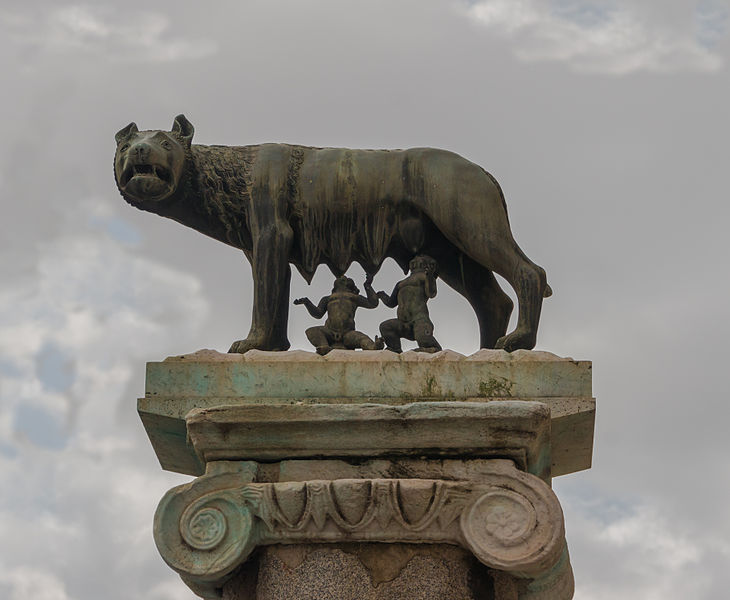
As legend has it, Romulus was the founder of Rome and the city’s first king. According to one of the many myths surrounding Romulus’ death, Rome’s first leader was killed and cut into pieces in a ploy orchestrated by the Senate in order to reassume their own power. The story of Romulus is now back in the limelight after archaeologists made the discovery of a lifetime: a 2,600-year-old shrine dedicated to Rome’s founding father buried beneath the Roman Forum.
The shrine was found close to the Curia-Comitium complex, the political center of ancient Roman life where senators met and decided the fate of the republic. Inside the shrine, archaeologists discovered an empty sarcophagus and a circular stone structure believed to have served as an altar.
Many were amazed at news of the discovery, including Rome’s mayor, Virginia Raggi, who tweeted “Rome always marvels with its treasures”.
No bones were found in the sarcophagus and historians are quite certain that the tomb wasn’t Romulus’ final resting place. Instead, the shrine likely served as a memorial and place of worship for the cult of Romulus, who was revered as a demigod.
In fact, the very existence of Romulus is shrouded in mystery.
According to one of the earliest myths recorded by historians, including Virgil, Romulus and his twin brother Remus were the children of Rhea Silvia, a human priestess, and Mars (or in some variations the demigod hero Hercules).
Rhea Silvia was a vestal virgin — a priestess of the goddess of the hearth Vesta. Chosen as young girls, these priestesses were granted special rights and privileges that other women in Rome could only dream of. There was a price to pay, though: a Vestal Virgin had to abstain from sex, an obligation that continued until the cult was ended by Christianity in 394 AD.
It was custom that any Vestal Virgin betraying her vows of celibacy was condemned to death; the most common death sentence was to be buried alive. Upon finding that Rhea Silvia was pregnant, King Amulius, who ruled Alba Longa, an ancient city of Latium in central Italy, had the priestess imprisoned and ordered that her twins be killed.
In all the myths, a servant seems to have taken pity on the two babies, which are placed into a basket onto the River Tiber, which carries the boys to safety. The twins are then saved by a she-wolf, which to this day is the symbol of Rome — a she-wolf suckling Romulus and Remus.
Legend has it that the brothers quarreled over the location of the foundation of their new city, with Romulus wishing to start the city on the Palatine Hill, while Remus wished to found it on the Aventine Hill. In response to Remus’ mockery over a wall that Romulus had erected around Palantine Hill, the angered Romulus kills his twin brother. Remus’ death and the founding of Rome are dated by Livy to April 21st, 753 BCE.
Romulus’ life has several endings depending on the myth you choose to ascribe to. According to one popular myth, Romulus disappears into a storm or whirlwind, ascending to the heavens to become a god. Another legend claims that Romulus was killed by resentful senators. Plutarch reports that Romulus disappeared in 717 BC at age 53, while Dionysius of Halicarnassus reports that he died at the age of 55.
Archaeologists are still conducting research at Romulus’ shrine and hope to open it to visitors within two years.









